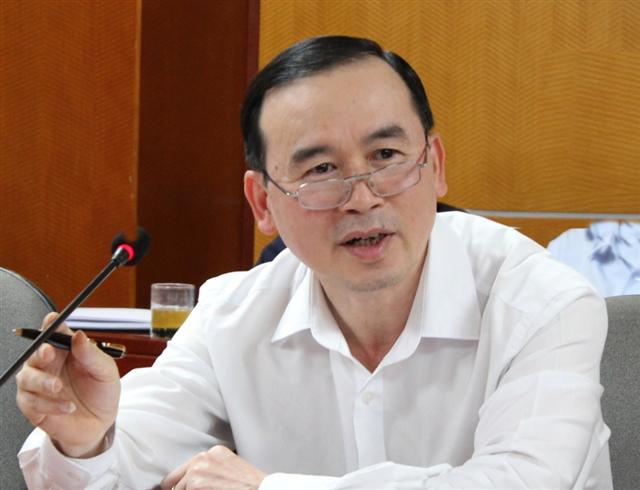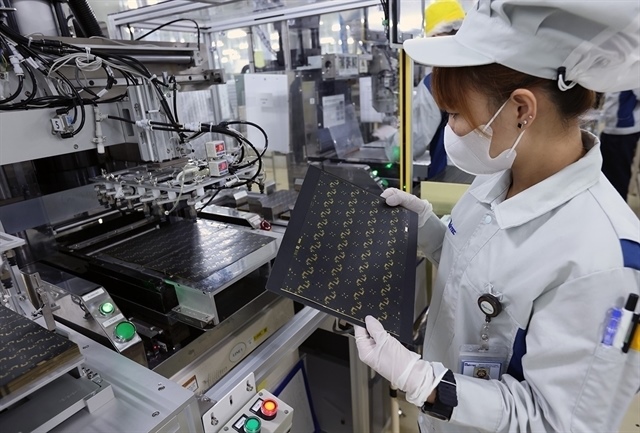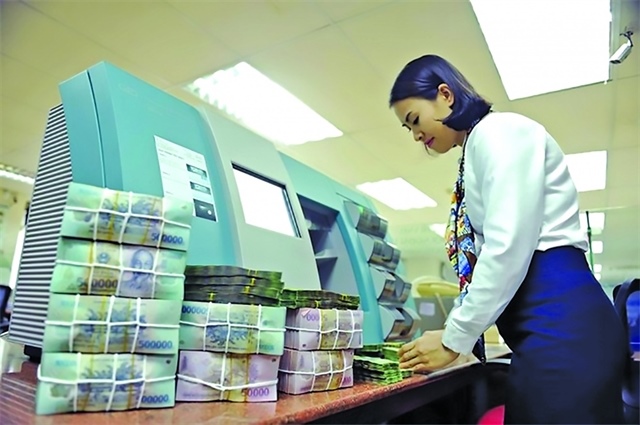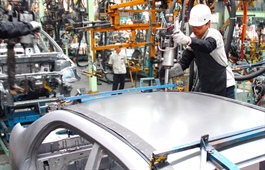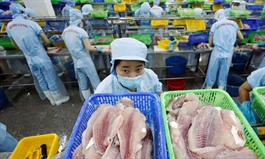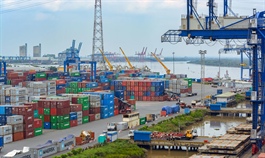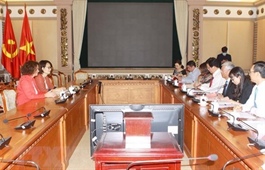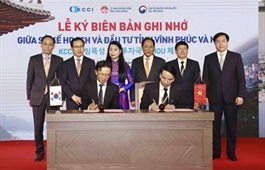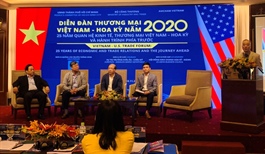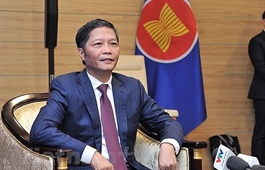Vietnamese firms are effectively exploiting EVFTA, top official says
Vietnamese firms are effectively exploiting EVFTA, top official says
Domestic companies are effectively exploiting the EU-Vietnam Free Trade Agreement (EVFTA) to promote exports towards the end of the year, Phan Van Chinh, Director of the Agency of Foreign Trade under the Ministry of Industry and Trade (MoIT), told reporters at a recent news conference.
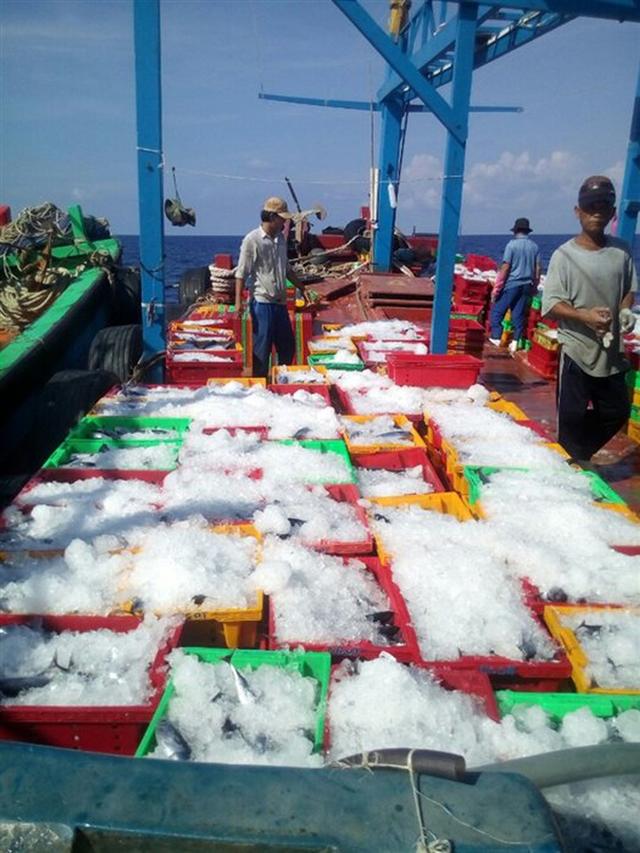
The export value of Vietnamese textiles and garments in the first nine months reached US$22.6 billion
|
Foreign trade activities yielded impressive results in the first nine months. Could you share the MoIT’s forecasts about exports for the rest of the year?
According to official data from the General Department of Vietnam Customs, Vietnam exported US$206.2 billion worth of goods in the first nine months of 2020, a 4.1 percent increase compared with the same period last year. This was an impressive result compared with other countries in the region and worldwide (India faced a decline of nearly 20 percent; the Republic of Korea, down 10 percent, and China down 2.3 percent). In the third quarter, Vietnam’s exports kept growing on a monthly basis, reflecting stability of domestic production.
Due to hard-to-predict developments of the Covid-19 pandemic, the purchasing power in many foreign markets is low and their demand for imports is not high. The competition between exporting countries therefore is getting increasingly fierce. Moreover, the focus on promoting domestic goods consumption also leads many countries to reduce imports.
However, there are favorable conditions for Vietnam to boost exports. First, domestic companies have taken advantage of the EVFTA to boost exports to the EU. By October 12, more than two months after the trade pact took effect, authorized institutions had granted nearly 23,400 EUR.1 certificates of origin for US$960 million worth of export goods to enjoy tax preferences.
Second, effective Covid-19 control has enabled Vietnam to maintain stable domestic production and circulation of goods. The competitiveness of Vietnamese goods, as well as the proactivity of domestic companies, has improved.
Third, some importing countries have launched economic stimulus packages to promote imports and consumption, creating export opportunities for Vietnamese goods.
|
The textile, garment, leather and footwear sectors faced a sharp decline in export value in the first three quarters. What do you think is the solution for them?
In the first nine months, the export value of textiles and garments reached US$22.6 billion, down 9.9 percent compared with the same period last year; leather and footwear exports were down 8.1 percent. Compared with other countries in the region, however, these declines were less serious. Despite difficulties, businesses have created new products to maintain export activities. Ministries and relevant state authorities have actively assisted business efforts to overcome difficulties. Notably, Covid-19-induced difficulties have motivated business efforts to restructure production and build supply chains to reduce costs and enhance competitiveness.
Each company needs to increase the use of domestic materials and develop support industries to raise the local content of products. They should make the most of tax preferences from free trade agreements (FTAs) that Vietnam has signed, especially the EVFTA.
Due to the Covid-19 impact, online trade is thriving. Businesses need to promote online exchanges with partners to increase transactions and contract signing. They have done this well in recent times, but that’s not enough. They should continue boosting online trade not only in the context of Covid-19 but also in normal circumstances.
Could you share specific measures that the MoIT will take to promote exports in the last quarter of the year?
The MoIT and other ministries and sectors have negotiated 16 FTAs, 13 of which have taken effect. Domestic companies should promote production based on market signals and take advantage of FTAs to benefit from tax reductions/exemptions to enhance product competitiveness. They are also encouraged to strive to penetrate new markets that are yet to sign FTAs with Vietnam but apply no import restrictions and other technical barriers.
The MoIT will also accelerate administrative reform to facilitate import, export activities.
In the era of international integration, information is very important. The MoIT will continue providing businesses with updated information about foreign markets and goods. Minister of Industry and Trade Tran Tuan Anh assigned the Agency of Foreign Trade to estimate the size of each market and consumer taste for each type of goods, and seek information about each competitive rival to facilitate domestic firms’ market access efforts.


